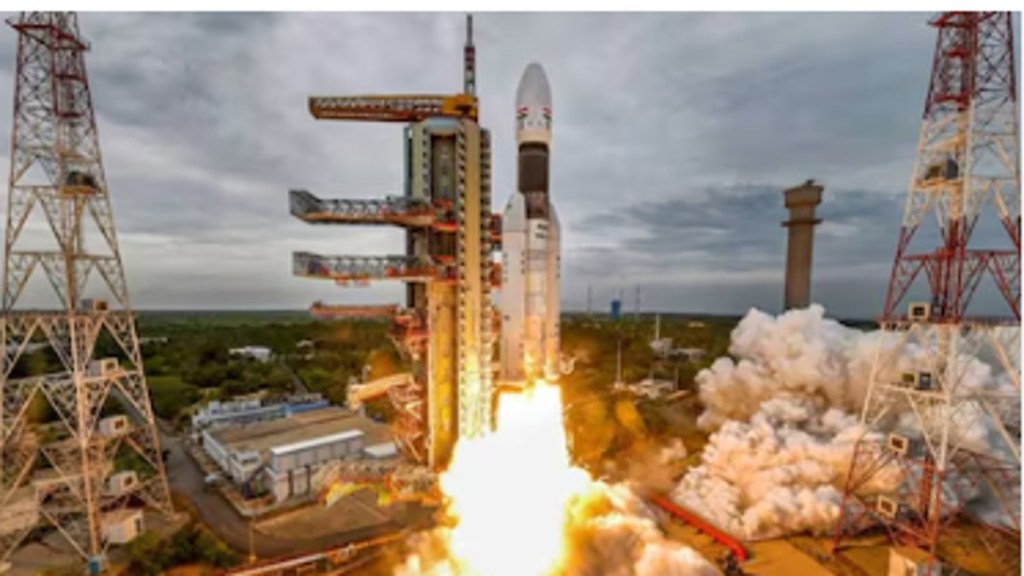The Indian Space Research Organisation (ISRO) is all set to launch the European Space Agency’s (ESA) Proba-3 mission on December 4. The launch will take place from Sriharikota, and the mission aims to study the solar corona, the outermost and hottest layer of the Sun’s atmosphere. This cutting-edge mission will also mark the first-ever “precision formation flying” in space, where two satellites will fly in tandem while maintaining a fixed configuration. The Proba-3 mission continues ESA’s suite of solar missions, following the successful launches of Proba-1 (2001) and Proba-2 (2009), which were also launched by ISRO.
All about Proba-3
Proba-3 is a collaborative project involving teams of scientists from Spain, Belgium, Poland, Italy, and Switzerland. Developed at an estimated cost of 200 million euros, the mission is expected to last for two years. The Proba-3 spacecraft will be launched into a highly elliptical orbit, with an altitude range of 600 x 60,530 km and an orbital period of 19.7 hours. It consists of two satellites: the Occulter Spacecraft (weighing 200 kg) and the Coronagraph Spacecraft (weighing 340 kg). These two satellites will work in precise coordination, separated after launch but flying together to form a solar coronagraph, an instrument designed to block the Sun’s intense light and reveal its outer atmosphere, reports Indian Express.
The Proba-3 mission is scheduled for launch on December 4, with the Polar Satellite Launch Vehicle (PSLV) carrying it into space. The PSLV-XL is a variant of ISRO’s Polar Satellite Launch Vehicle (PSLV), designed for enhanced payload capacity with additional strap-on boosters for extra thrust during liftoff. It can carry payloads of up to 1,800 kg into sun-synchronous orbits. Standing 44.4 meters tall and weighing around 320 tons at launch, the PSLV-XL has become ISRO’s reliable workhorse since its first successful launch in 1994. It has launched numerous satellites, including missions to the Moon and Mars. Its versatility and dependability make it a preferred choice for both domestic and international satellite missions, including the upcoming Proba-3 mission.
What Will Proba-3 Study?
The Sun’s corona is incredibly difficult to study because of its high temperatures—reaching up to 2 million degrees Fahrenheit—making it hard to observe with traditional instruments. Despite this challenge, studying the corona is crucial because it is the origin of space weather phenomena like solar storms, solar winds, and radiation, which can interfere with satellite communications, navigation systems, and power grids on Earth. Proba-3 will carry three key instruments to facilitate this critical research:
- ASPIICS (Association of Spacecraft for Polarimetric and Imaging Investigation of the Corona of the Sun): This coronagraph will provide a view between the Sun’s inner and outer corona, typically only observable during solar eclipses. The instrument uses a 1.4-meter occulting disk to block out the Sun’s light and allow closer inspection of the corona.
- DARA (Digital Absolute Radiometer): This will continuously measure the Sun’s total energy output, known as total solar irradiance, contributing valuable data to solar studies.
- 3DEES (3D Energetic Electron Spectrometer): This instrument will measure electron fluxes as the spacecraft passes through Earth’s radiation belts, aiding in space weather studies.
Why is Proba-3 Unique?
What sets Proba-3 apart is the technique of precision formation flying. The Occulter and Coronagraph satellites will be positioned in a highly specific formation, with one satellite creating a shadow on the other, mimicking the effect of a natural solar eclipse. Natural eclipses only provide a few minutes of viewing the Sun’s corona per event, averaging about 1.5 occurrences per year. However, Proba-3 will offer six hours of continuous observation—equivalent to 50 natural solar eclipses annually—allowing scientists to study the corona in unprecedented detail.
During this six-hour observation period, the two satellites will maintain a formation of just a few millimetres apart, moving to a position 150 meters apart for enhanced observation. The Coronagraph spacecraft will act as a telescope, located in the shadow of the Occulter satellite. This arrangement will block out the Sun’s light, allowing the coronagraph to capture images of the Sun’s corona and other features that are rarely visible.
How Might India Benefit from Proba-3?
Proba-3 is being hailed as a technology demonstration mission by ESA, and India’s involvement in its launch underscores ISRO’s growing capabilities and reliability in space exploration. The successful launch of Proba-3 by ISRO highlights the country’s efficient and cost-effective space launch services, making it a go-to partner for space missions around the world.
Indian scientists, particularly those in the field of solar physics, are expected to benefit significantly from the mission’s data. Some Indian solar physicists have already collaborated with their Belgian counterparts in defining the scientific goals for Proba-3. There is a strong possibility that Indian researchers will get exclusive access to the mission’s findings, offering them new opportunities to enhance their understanding of solar phenomena and space weather.
This mission is a testament to the growing partnership between ISRO and the European Space Agency, while also marking another significant step forward for India’s space program.


